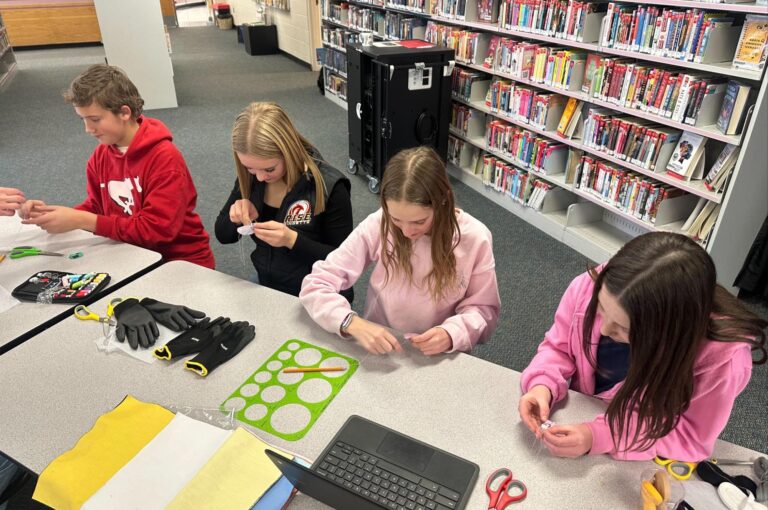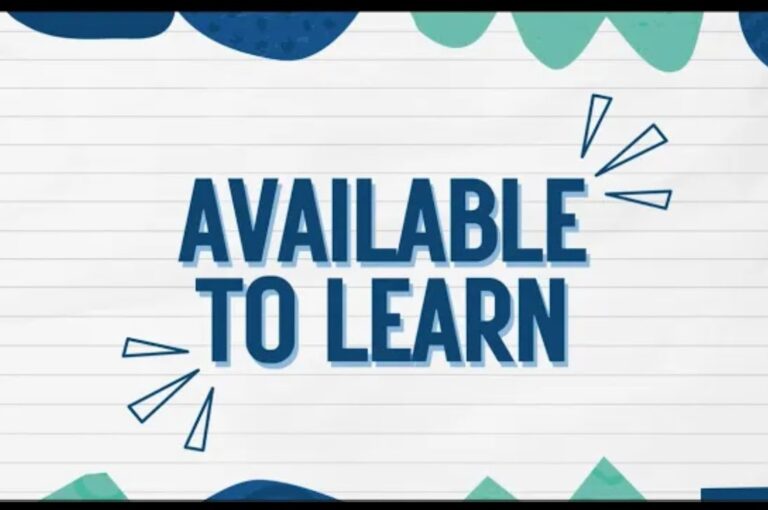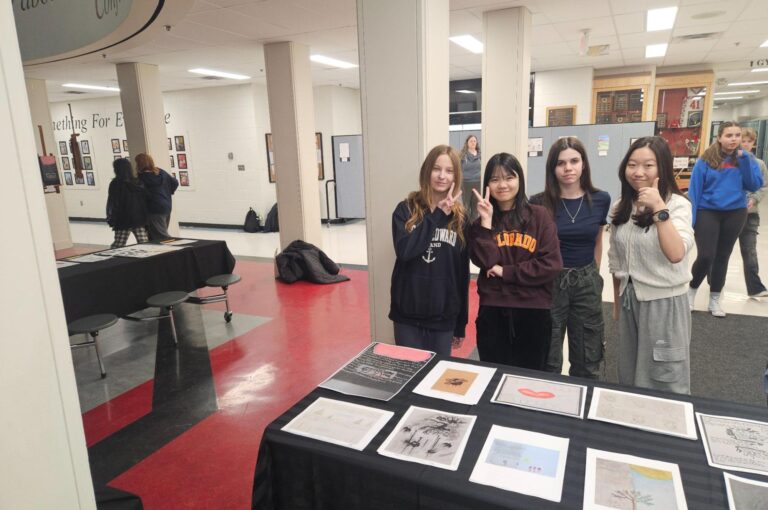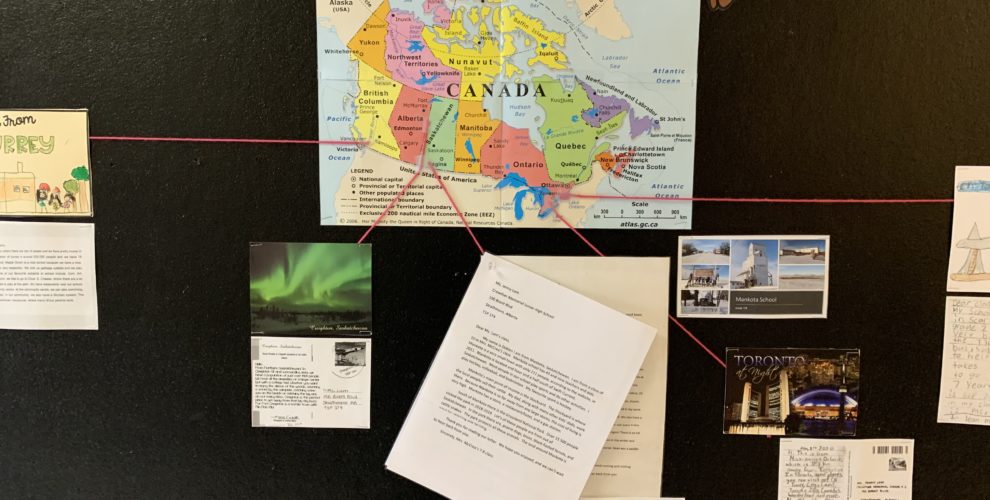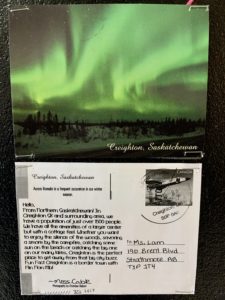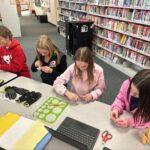“Did we get any letters from our friends today?” repeats each student at the beginning of every class.
This excitement is natural when students become part of a year long cross Canada postcard exchange, genuinely connecting students nationally.
How It Started
Social Media is a fantastic way for teachers to connect and share ideas. One teacher stumbled across a Facebook post in the summer, asking for participants to engage in a postcard exchange. Classes who participated would receive postcards from coast to coast from a wide range of ages, and were then asked to write their own postcards to mail to participating communities. The teacher thought this would be a great opportunity to show her students that “snail-mail” exists, and how receiving a personal letter in the mail can be a really exciting thing. It makes an impact. It makes you feel special.
Authentic Reading and Writing
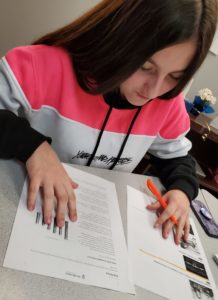 On a deeper level, the postcard exchange was an opportunity for building connections across Canada, and for authentic reading and writing. Students were practicing their reading skills in a relevant context to them, by reading the postcards they received throughout the year. Students practiced gathering meaningful information about the community with each read, naturally re-reading the postcard, learning new things each time. Students were reading with a purpose and were motivated to read and learn.
On a deeper level, the postcard exchange was an opportunity for building connections across Canada, and for authentic reading and writing. Students were practicing their reading skills in a relevant context to them, by reading the postcards they received throughout the year. Students practiced gathering meaningful information about the community with each read, naturally re-reading the postcard, learning new things each time. Students were reading with a purpose and were motivated to read and learn.
When students began to prepare their own letter, they began by brainstorming, using a graphic organizer, about Strathmore and the surrounding area, including Siksika Nation. They were prompted by “If a family member or friend were visiting Strathmore, what would you do with them?” After organizing thoughts around categories like Events and Places of Interest, students chose 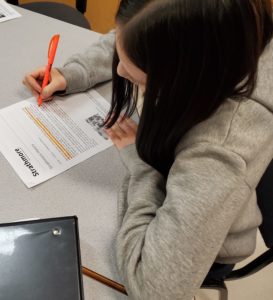 what they wanted to share with their postcard pals. Students wrote from personal experiences, but also researched more information about their topic. Multiple drafts of their letters were written, and mini-lessons on editing and revising happened along the way. Students wanted to ensure that their letters were well written and made sense, because they knew they were to be read by other students. As well, they were aware of the age of their classroom correspondents, and agreed to use language that would be appropriate for their audience. Having a true audience motivated students through the writing process. At the end, each student signed their letters and they were mailed through Canada Post, personalizing each one.
what they wanted to share with their postcard pals. Students wrote from personal experiences, but also researched more information about their topic. Multiple drafts of their letters were written, and mini-lessons on editing and revising happened along the way. Students wanted to ensure that their letters were well written and made sense, because they knew they were to be read by other students. As well, they were aware of the age of their classroom correspondents, and agreed to use language that would be appropriate for their audience. Having a true audience motivated students through the writing process. At the end, each student signed their letters and they were mailed through Canada Post, personalizing each one.
Geographic Thinking
Another bonus of this meaningful learning experience is the development of geographic thinking. Students learn about various communities in Canada. The letters and postcards spark curiosity as students learn about what life is like in a hamlet of 200, like Mankota, SK. Students ask about how far their postcard traveled and learn how big Canada truly is. When postcards arrive from communities in Nova Scotia, British Columbia, Quebec, and the Yukon, students understand our country and its people more. Students are able to visually think of Canada in a different way, by imagining the various communities that they are now familiar with.

